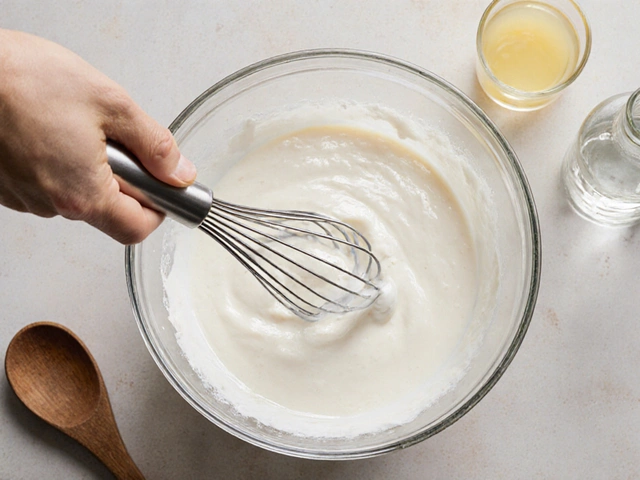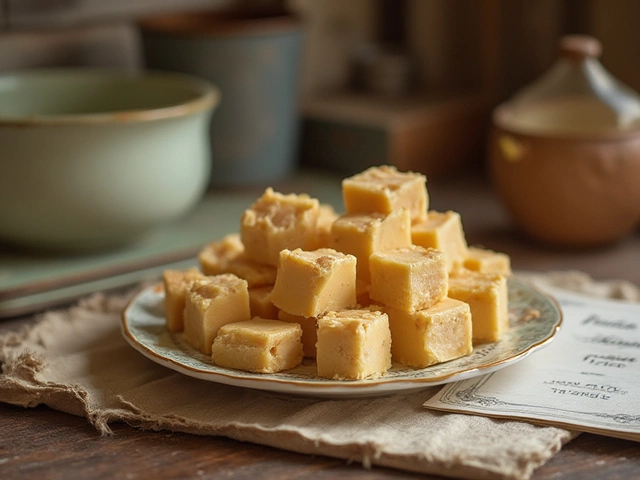Gluten Flour Substitute: Easy Options for Better Baking
Want to bake without wheat flour but don’t know where to start? You’re not alone. Many home bakers look for a reliable gluten flour substitute that gives good texture and taste. The good news is there are several gluten‑free flours that work well on their own or as part of a blend. Below you’ll find the most common ones, how to use them, and a few tricks to make your treats turn out just right.
Top 5 Gluten‑Free Flours You Can Use
1. Almond flour – Made from finely ground almonds, it adds moisture and a mild nutty flavor. It’s great for cookies, cakes, and quick breads. Because it’s low in starch, you’ll need a binder like eggs or psyllium husk to keep the crumb together.
2. Rice flour – Both white and brown rice flour are cheap and versatile. White rice flour works well in light cakes and pancakes, while brown rice flour adds a bit of extra fiber. Use it with a thickener such as xanthan gum to avoid a gritty texture.
3. Oat flour – Simply grind rolled oats in a blender. Oat flour gives a soft, slightly sweet crumb and works nicely in muffins and brownies. Make sure the oats are certified gluten‑free if you have celiac disease.
4. Tapioca starch – This starch adds chewiness and helps with browning. It’s perfect for crispy crusts on pies or a light, airy crumb in pancakes. Mix it with other flours; on its own it can be a bit gummy.
5. Sorghum flour – Sorghum has a mild, buttery flavor and works well in breads and cookies. Pair it with a bit of millet or buckwheat flour for a balanced taste.
How to Mix and Match for Best Results
One single gluten‑free flour rarely mimics wheat flour perfectly. The secret is to create a blend that balances protein, starch, and moisture. A basic starter blend is 40% rice flour, 30% sorghum flour, 20% almond flour, and 10% tapioca starch. Add a teaspoon of xanthan gum or 1% of the total flour weight as a binder.
When swapping wheat flour for a gluten‑free blend, use about the same weight, not volume. A cup of wheat flour weighs roughly 120 g, while the same cup of a light rice flour weighs less. Weighing gives consistent results.
Don’t forget about liquids. Gluten‑free batters often need a little more moisture. If a recipe feels dry, add a tablespoon of milk or water at a time until the batter moves smoothly.
For leavening, give the batter a quick rest of 10‑15 minutes. This lets the gums and starches absorb liquid, resulting in a better rise. If you’re making bread, a longer rise (30‑45 minutes) can improve texture.
Finally, taste as you go. Some flours have stronger flavors—almond can be nutty, sorghum a bit sweet. Adjust sugar, spices, or add a splash of vanilla to balance the taste.
With these simple substitutes and blending tips, you can bake cookies, cakes, and even bread without missing wheat flour. Try one blend, tweak it to your liking, and enjoy gluten‑free goodies that taste just as good as the originals.






